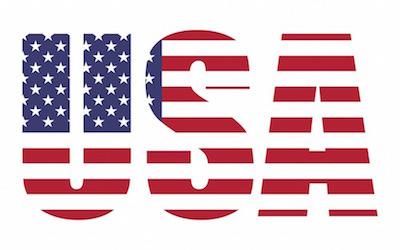Economic Report: The American People Win Again!

The Economic Report of the President was released on March 19th, 2019. The report shows a strong economy that is helping all Americans, particularly low-income Americans, secure jobs and higher salaries.
Specifically, 5.3 million jobs have been created since President Donald Trump was elected, and the unemployment rate was at an almost 50-year low of 3.7% in September 2018. Further, the labor force participation rate is at 63.2% with many Americans joining the workforce, and there are more job openings than unemployed Americans for the first time on record.
In addition, Americans who were hurt most by the regulations and taxes of the Obama administration have been helped most by the Trump administration and Republicans in Congress. For example, unemployment of those without a high school degree is at its lowest since 1953, and teenage unemployment is at its lowest in almost 50 years. Unemployment for people with disabilities is at its lowest rate ever on record.
Poverty rates for black and Hispanic Americans were also at record lows in 2017, and homelessness among veterans fell by 5.4% in 2018. Further, 5 million Americans are no longer using food stamps since the 2016 election, and the bottom 10% is experiencing the highest wage growth on record.
These successes are solely the result of the economic policies of the Trump administration and Republicans in Congress.
First and foremost, the Tax Cuts and Jobs Act (TCJA) has created a number of new opportunities for Americans. The Trump administration has tallied that more than 6 million workers have received bonuses thanks to the TCJA (ATR’s list is here). The average bonus size has been $1200. Further, real disposable personal income per household was $640 over trend, and median weekly earnings of full-time wage and salary workers was up $805 over trend on an annualized basis.
In addition, Secretary of Labor Alexander Acosta and the Labor Department through new rules have lowered costs for employers so they can hire more employees.
One example is the proposed joint employer rule that the Labor Department just announced on April 1, 2019. This proposed rule gives a four-question test to determine if two businesses are joint employers and therefore, both liable for violations of the Fair Labor Standards Act. If implemented, the proposed rule will lead to more job opportunities for workers and reduce confusion and lawsuits for businesses.
The Labor Department also just announced on March 7, 2019, a proposed rule on overtime. This proposed rule would increase the salary level set by the Department on overtime to $679 per week ($35,308 annually). If employees make under this salary level and work more than 40 hours in a week, their employers are required to pay them overtime. The Obama administration wanted to more than double the current salary level of $455 per week, costing jobs. The Trump administration, however, has proposed an increase that uses the same method to calculate the salary as before.
Another example is the Association Health Plans (AHPs) rule. The Labor Department introduced this rule on June 19, 2018. The new rule would allow small businesses and sole proprietors in the same area or industry to join together to purchase health insurance for their employees. Joining together would allow these businesses to reduce their costs through greater economies of scale and actually provide health insurance to their workers. Because of this rule, approximately 400,000 more Americans will likely have health insurance after the litigation has ended.
Another example is the rescinding of the 2016 Obama administration persuader rule by the Labor Department on July 17, 2018. Violating attorney-client privilege, the Persuader rule would have required employers and their lawyers to report their conversations between themselves about persuading employees on unionization.
Finally, on October 22, 2018, the Department of Labor announced a Notice of Proposed Rulemaking to help small businesses provide retirement benefits to their employees. Similar to the rule on AHPs, small businesses could join together to provide retirement benefits to their employees at a lower cost with Association Retirement Plans.
While the Economic Report shows that these new rules and laws have already positively impacted the job market, American workers can continue to expect a strong job market.





